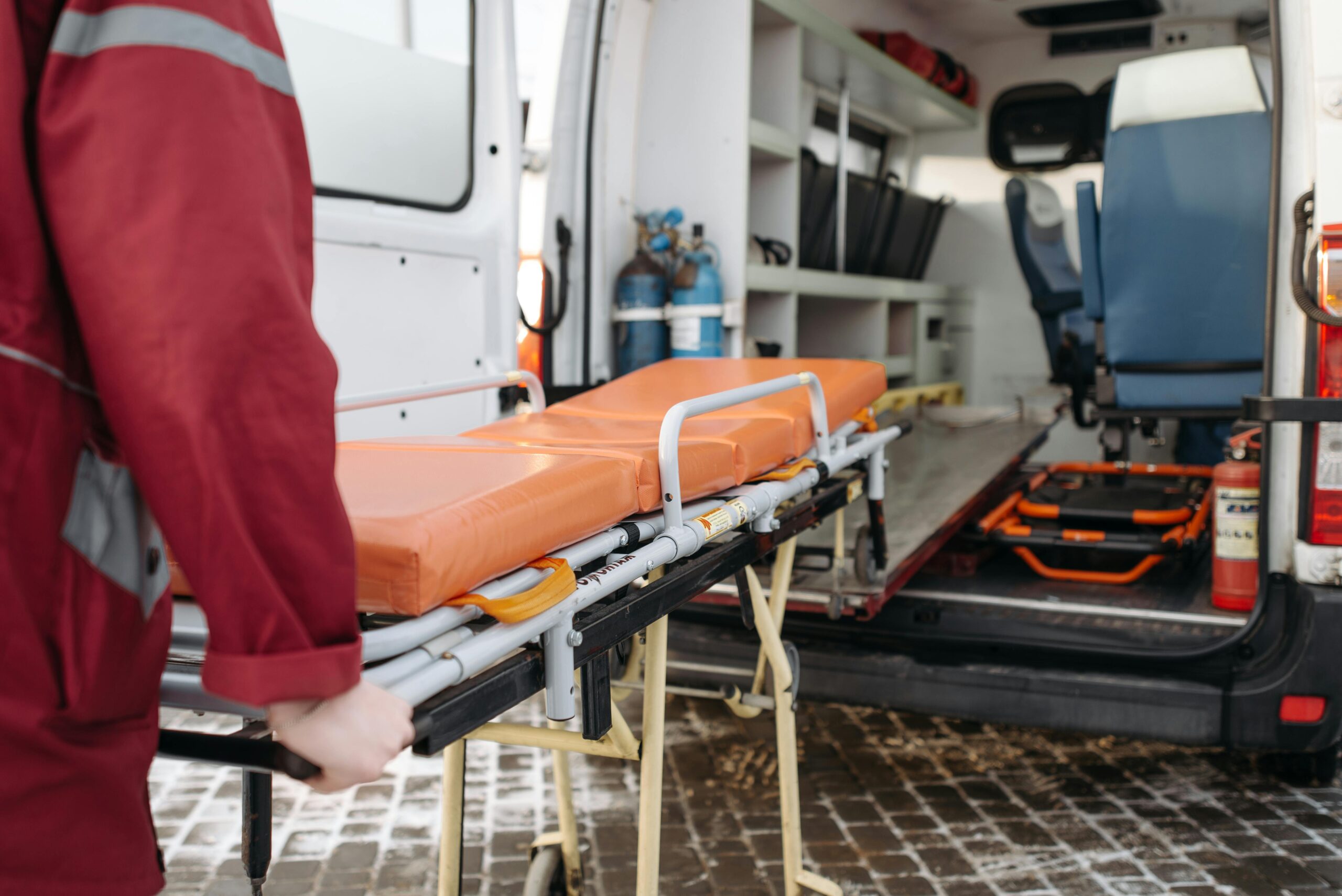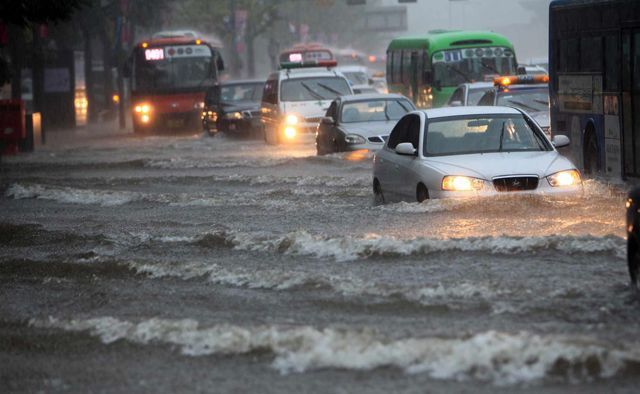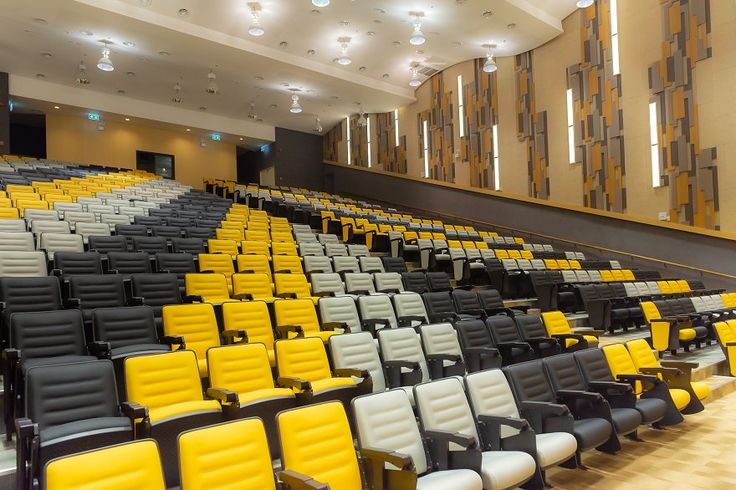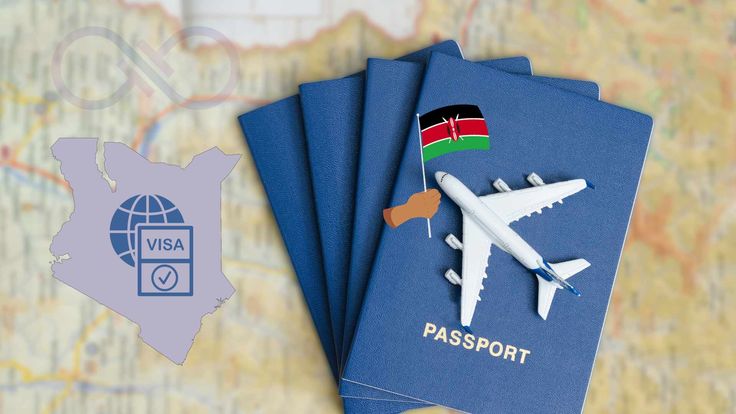By Tobias Ogutu
Life is incredibly precious and should not be lost easily when there are still options to save it. This is why the Constitution of Kenya (2010), specifically Article 43(2), states that “A person shall not be denied emergency medical treatment.” The article further defines emergency medical treatment as pre-hospital care, stabilizing a person’s health, and arranging referrals if the initial healthcare provider lacks the necessary facilities. In response, the government wisely purchased ambulances for public hospitals. However, the residents of Kisumu County have yet to benefit from ambulance services in their public hospitals.
Ambulances are emergency vehicles fully equipped for life-saving interventions while transporting patients to nearby hospitals or referring them to other health facilities. As the name suggests, these vehicles must always be ready to serve anyone in need of urgent medical care to save lives. This is why they are given the right of way on the roads when their sirens are activated.
When not in use, ambulances should be parked within the hospital compound, prepared for any emergency call. However, in public hospitals in Kisumu, ambulances are not easily seen. They are often kept in the hospital’s backyard for certain reasons, and patients are required to pay a service fee before using them, even though these vehicles are maintained with citizens’ tax money.
During an online meeting between representatives from various wards in Kisumu and healthcare providers, Samson Akatch recounted his experience at Jaramogi Oginga Odinga Teaching and Referral Hospital (JOOTRH) when he requested an ambulance to transfer his critically ill father to Tenwek Hospital.
According to Akatch, his father was in an unstable and critical condition, and JOOTRH had already referred him to Tenwek. However, the hospital refused to provide an ambulance, claiming it was in use. Desperate, Akatch walked around the hospital and noticed three ambulances parked nearby. Upon inquiring with a driver, he discovered that a bribe was required to have the ambulance dispatched to serve him.
Accessing ambulance services in a public hospital indeed involves lengthy procedures, even in emergency cases. Why does a service meant to save lives during emergencies have to be hindered by such bureaucracy? Another online participant, Maria Nyasule from Nyando sub-county, recounted how one must bribe even the drivers to secure ambulance transport.
Nyasule emotionally recalls how her mother passed away at Rabuor Sub-county Hospital because her family could not afford the service fee required to use the ambulance to rush her to JOOTRH. The ambulance driver demanded two thousand shillings to speak with management and arrange for her transfer. Unfortunately, Nyasule had no cash at all, and her mother passed away while receiving care at Rabuor Sub-county Hospital two months ago.
The two cases provide evidence that ambulance services in public hospitals are only available to those who can pay immediately. Unfortunately, money has become the priority in our hospitals today. Unless action is taken soon, we will continue to lose lives that could have been saved.






